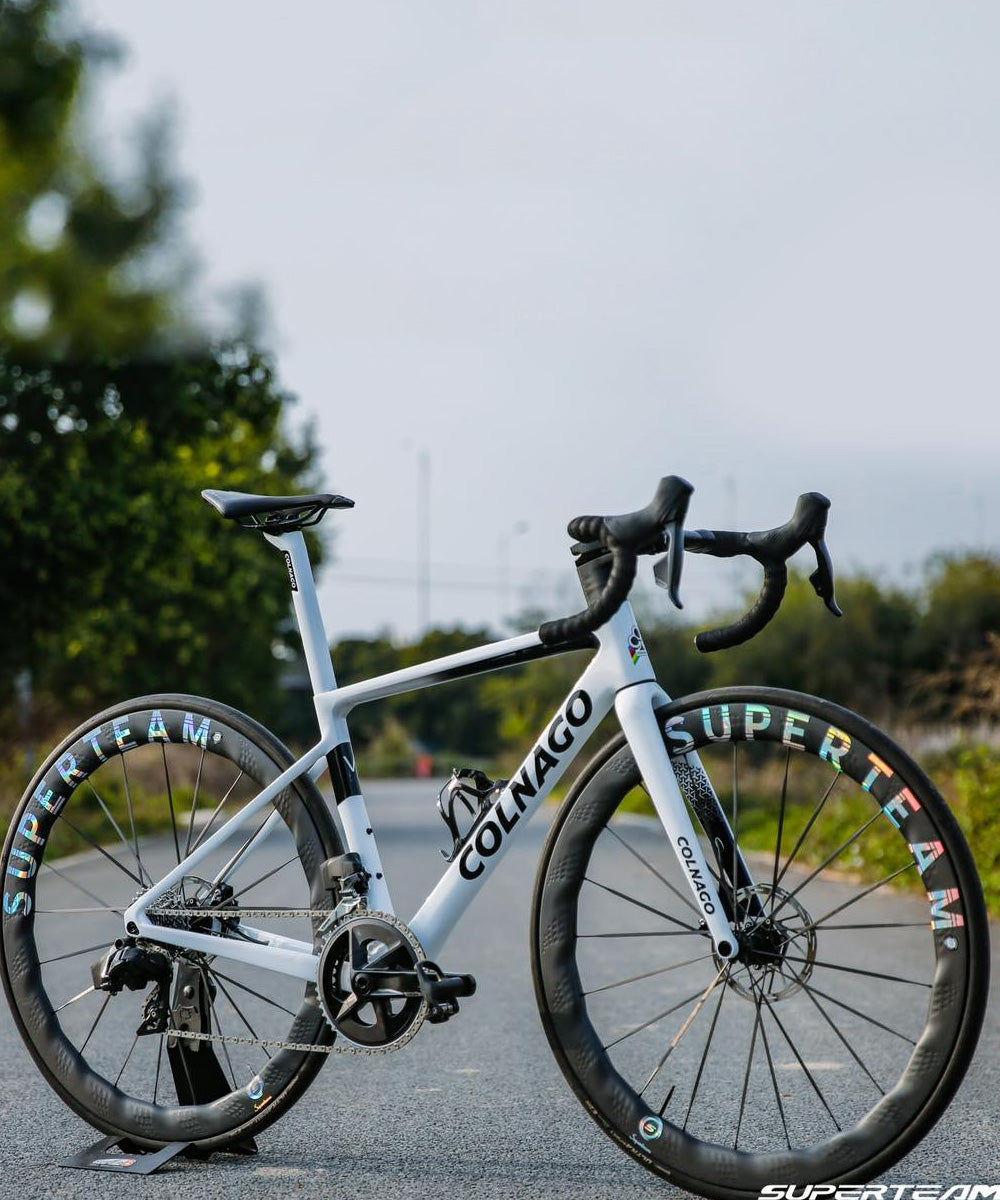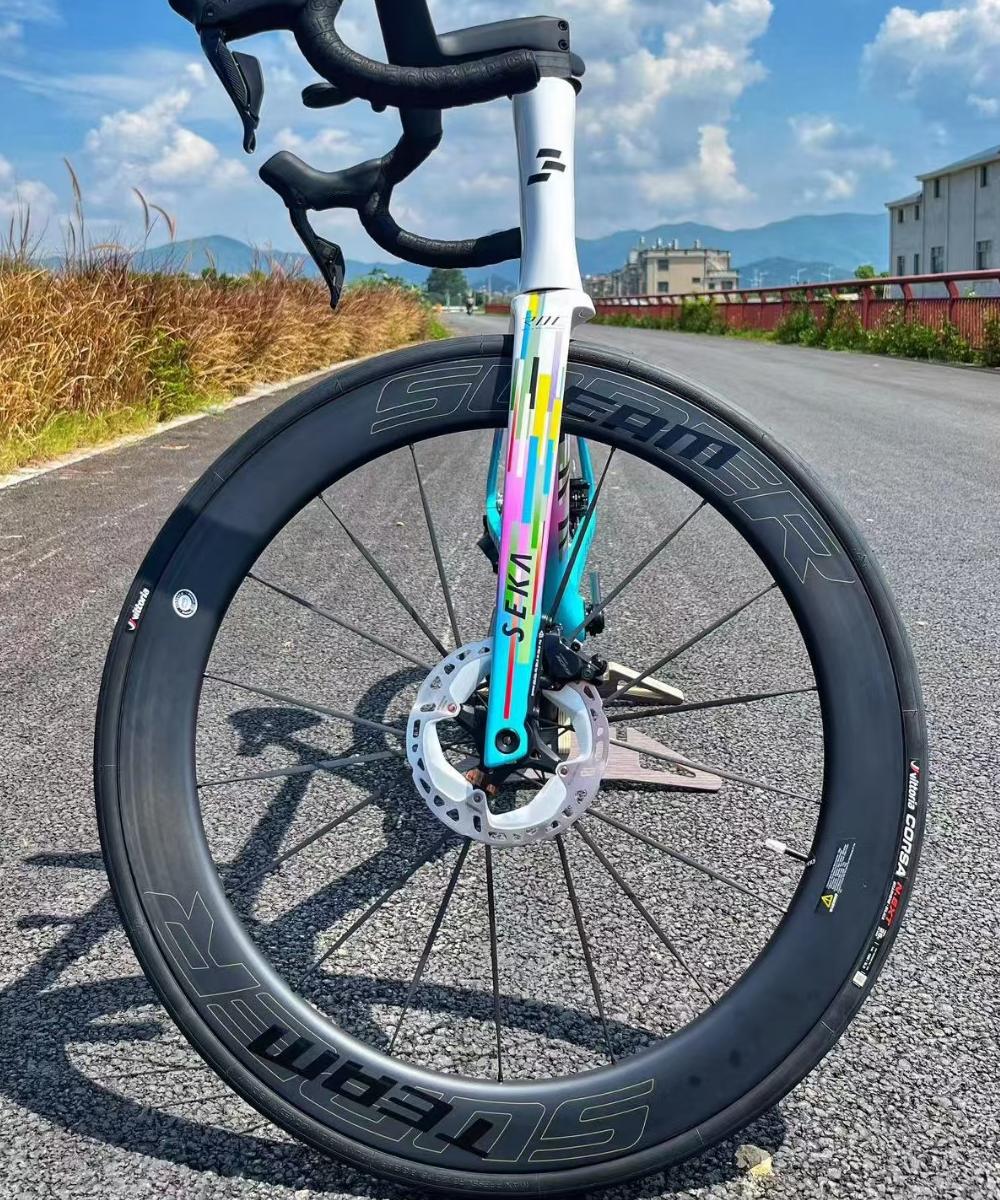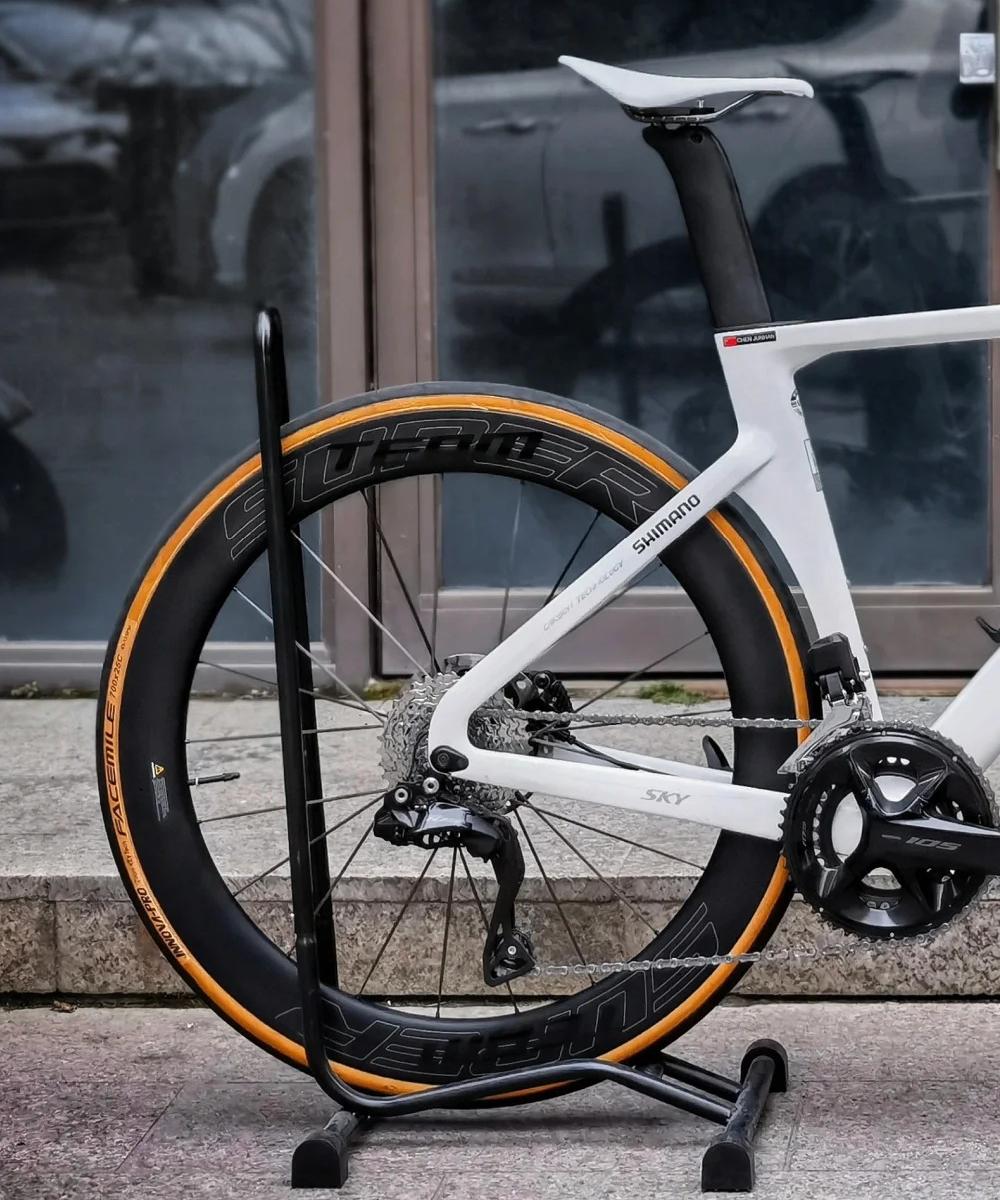Why Tire Pressure Recommendations Change With Rim Design
Tire pressure is one of the most critical yet often misunderstood aspects of cycling performance. While riders commonly rely on manufacturer recommendations or standard PSI ranges, these numbers are not fixed. One of the biggest factors influencing the optimal tire pressure is the rim design itself. Modern wheel technology—particularly the shift toward wider internal rim widths—has fundamentally changed how cyclists should think about inflation.
1. The Shift Toward Wider Rims
Traditional road rims had narrow internal widths (13–15mm), designed for 19–23mm tires at very high pressures. Today, most performance wheels feature internal widths of 19–25mm, intended for 25–32mm tires at lower pressures. A wider rim spreads the tire casing out more, altering the contact patch and volume. As a result, the same tire mounted on a wide rim requires less pressure to achieve optimal rolling efficiency and comfort.
2. How Rim Width Changes Tire Shape
Narrow rims: They force the tire into a rounder profile, reducing air volume. This demands higher pressure to prevent squirm and pinch flats.
Wide rims: They allow the tire to assume a more stable, U-shaped profile. This increases air volume, supporting lower pressures while enhancing grip and comfort.
This means that a 28mm tire at 90 PSI on a narrow rim may perform similarly to the same tire at 70 PSI on a modern wide rim.
3. Interaction With Tubeless Technology
Tubeless setups, now common with modern wide rims, also impact pressure recommendations. With no inner tube to pinch, riders can safely run lower pressures, gaining better traction and reduced rolling resistance on real-world road surfaces.
4. Why Lower Pressure Doesn’t Mean Slower
Many riders assume lower pressure equals more rolling resistance. On perfectly smooth lab rollers, that’s true. But real roads are far from perfect. Lower pressures allow the tire to absorb road vibrations instead of bouncing over them, reducing energy loss through vibration (impedance losses). Rim design that supports wider tires enables this performance gain.
5. Practical Guidelines
Match tire width to rim internal width: Wider rims pair best with 25–32mm tires.
Lower pressures for wider rims: Expect to reduce PSI by 5–15% compared to older narrow-rim setups.
Consider rider weight and surface: Heavier riders and rough roads benefit the most from rim designs that allow lower pressures.
Conclusion
The evolution of rim design—from narrow, tube-specific rims to wider, tubeless-ready profiles—has reshaped how cyclists should set tire pressures. Wider rims increase tire volume and stability, meaning the “old school” high-pressure rules no longer apply. Understanding this relationship helps riders unlock better comfort, control, and speed on today’s roads.




